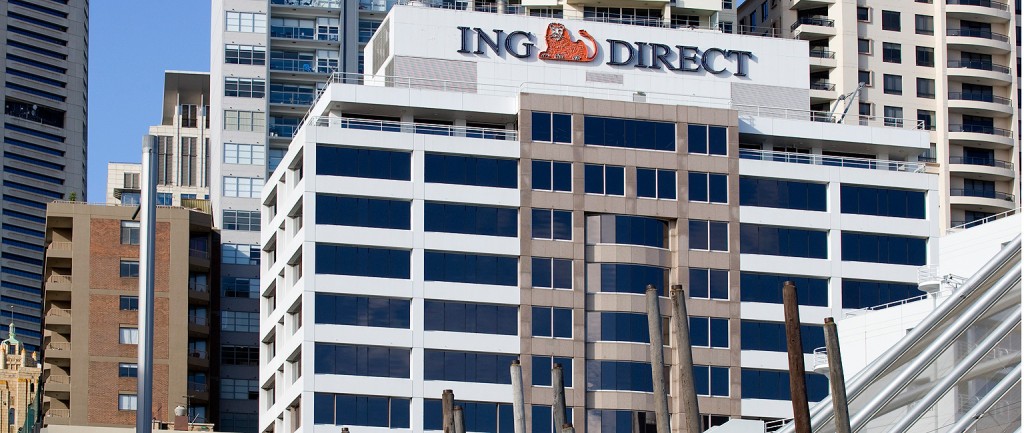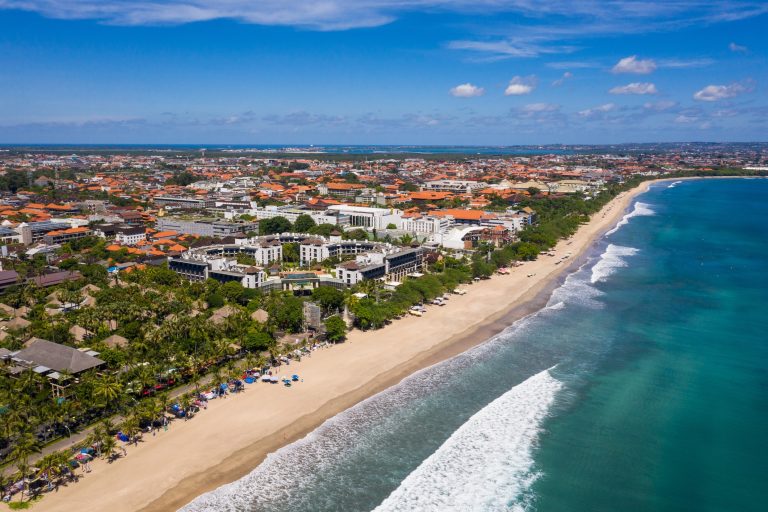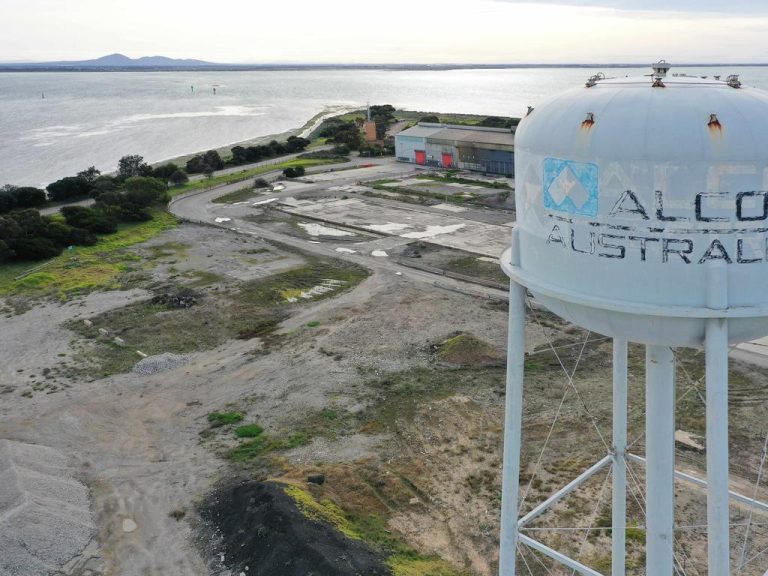Bank of China sets up Sydney fortress

The Bank of China has stamped its authority on Sydney, buying a $130 million office building for its new headquarters, as mainland financial institutions expand their footprints down under to tap business opportunities.
China’s top five banks have all set up shop in Australia, with Bank of China having the longest established footprint since 1942. It has grown to five branches across metropolitan Sydney, the key part of its nine-branch national network across Australia.
The bank, China’s fourth largest, owns its office building at 39 York St and had sought out a larger tower for its Australia headquarters.
New competitor: Chinese giant looms as potential Bunnings threat
It has just bought 140 Sussex St from Deutsche Asset Management for $130 million, with the vendor, acting on behalf of a German fund, confirming the property was sold to “a Chinese financial institution”.
A spokesman for Bank of China declined to comment on the deal that was brokered by CBRE’s Richard Butler, Josh Cullen, Mark Hansen and Sharon Yang.
Bank of China plans to move out of its York St headquarters, with that building to be renovated. The bank is in talks to determine its requirements at the newly acquired Sussex St tower.
The 14-storey building, known as ING building, comprises over 12,000sqm of office and retail space as well as a two-level basement car park. Anchor tenant, ING Australia, is shifting to 60 Margaret St next year.
As demand for Sydney CBD’s core assets continues to increase, we were able to capitalise on a strong point in the market cycle to sell this property
For the Chinese buyer, the building in the western corridor of Sydney’s CBD could feed off the growing presence of financial and accounting firms in the area, particularly in the nearby Barangaroo South redevelopment.
“As demand for Sydney CBD’s core assets continues to increase, we were able to capitalise on a strong point in the market cycle to sell this property,” says Victoria Sharpe, head of real estate Asia Pacific at Deutsche Asset Management.
Bank of China, headquartered in Beijing and listed in Hong Kong, is also the world’s fifth largest, with assets of $US2.63 trillion in 2015, according to Relbanks figures.
China’s other four big banks are relatively modest outfits in Australia. But the group — including the world’s biggest bank Industrial and Commercial Bank of China, China Construction Bank, Agricultural Bank of China and Bank of Communications — is growing.
“They all adopt a reasonably cautious, long term approach towards building relationships in order to support the China Australian trade flows,” says Hugh Harley, PwC’s head of financial services.
Although these banks are not likely to have a “discernible influence” on the market now, Harley says in the longer term “they are going to have an impact on Australia’s commercial property”.
– with Ben Wilmot
This article originally appeared on www.theaustralian.com.au/property.







